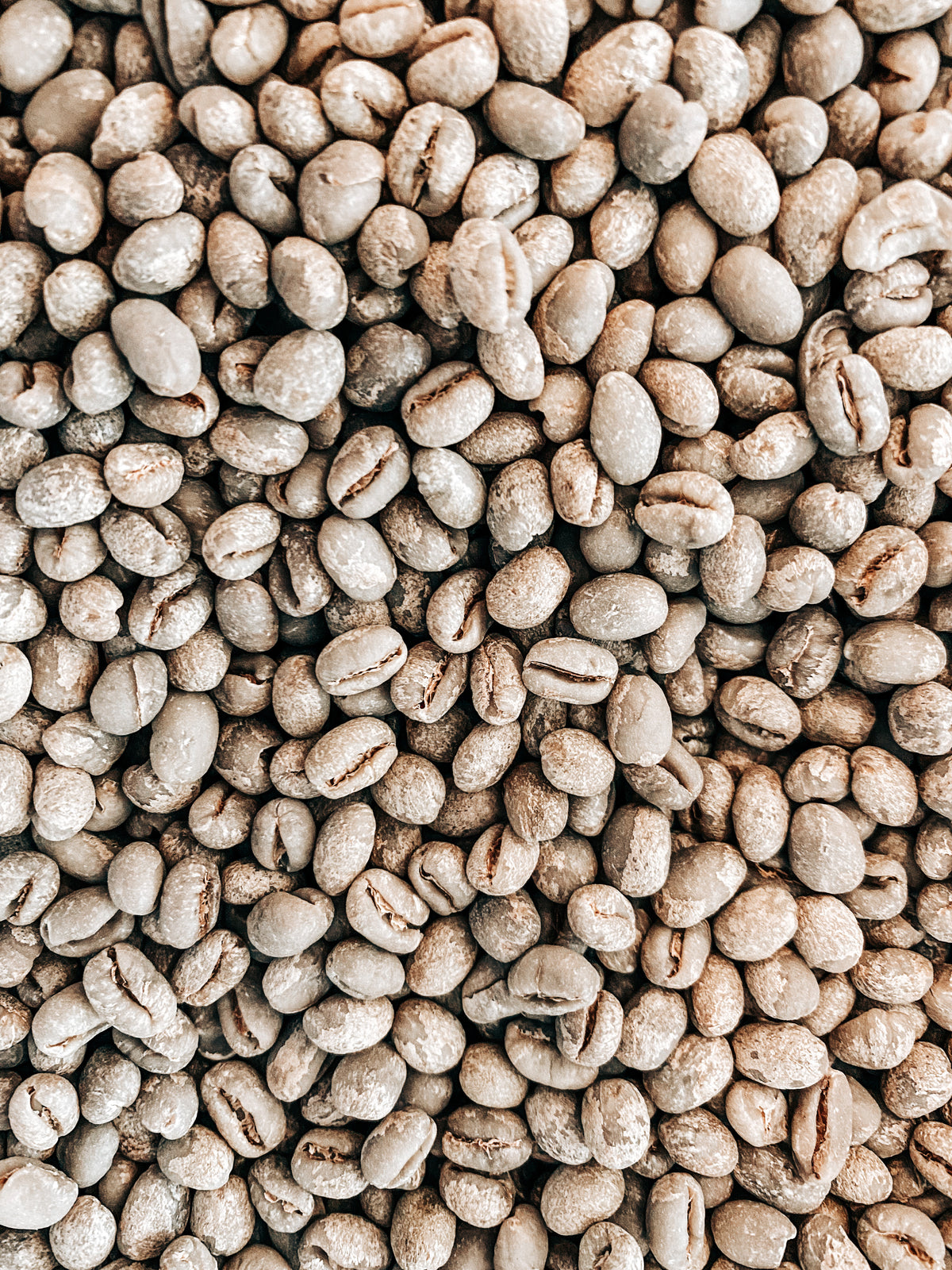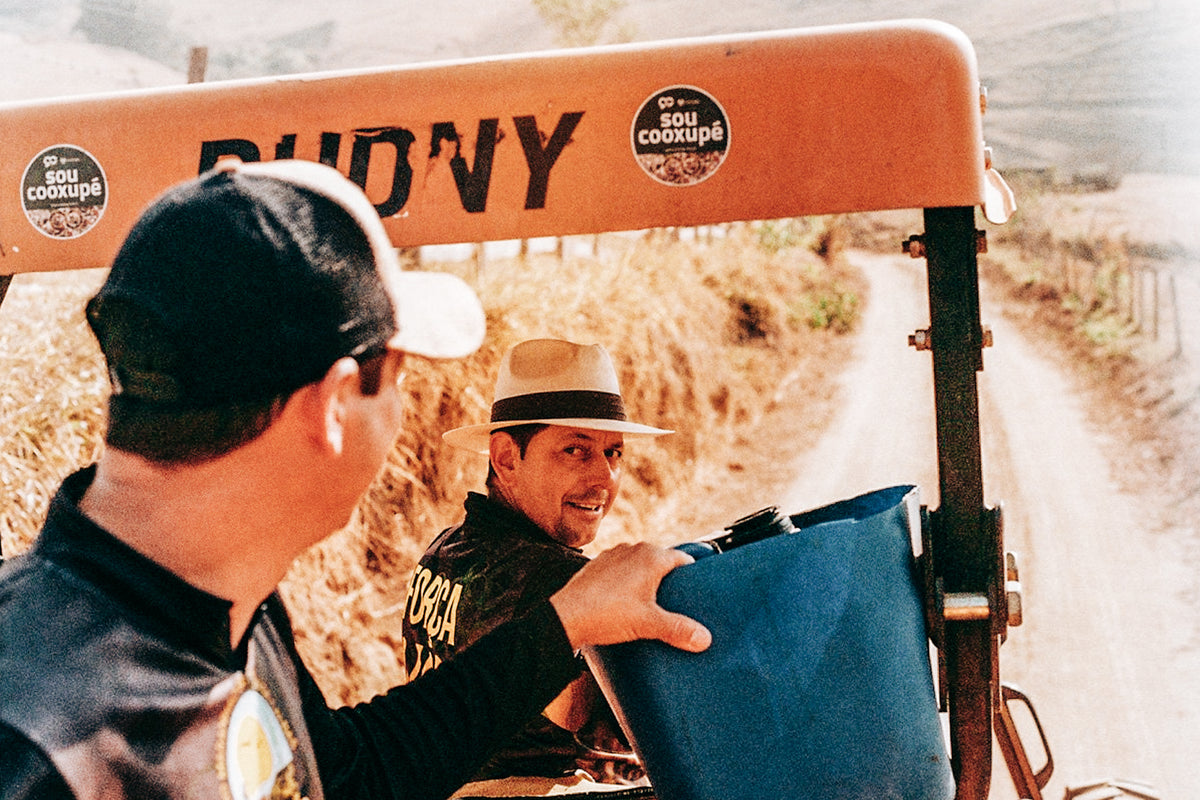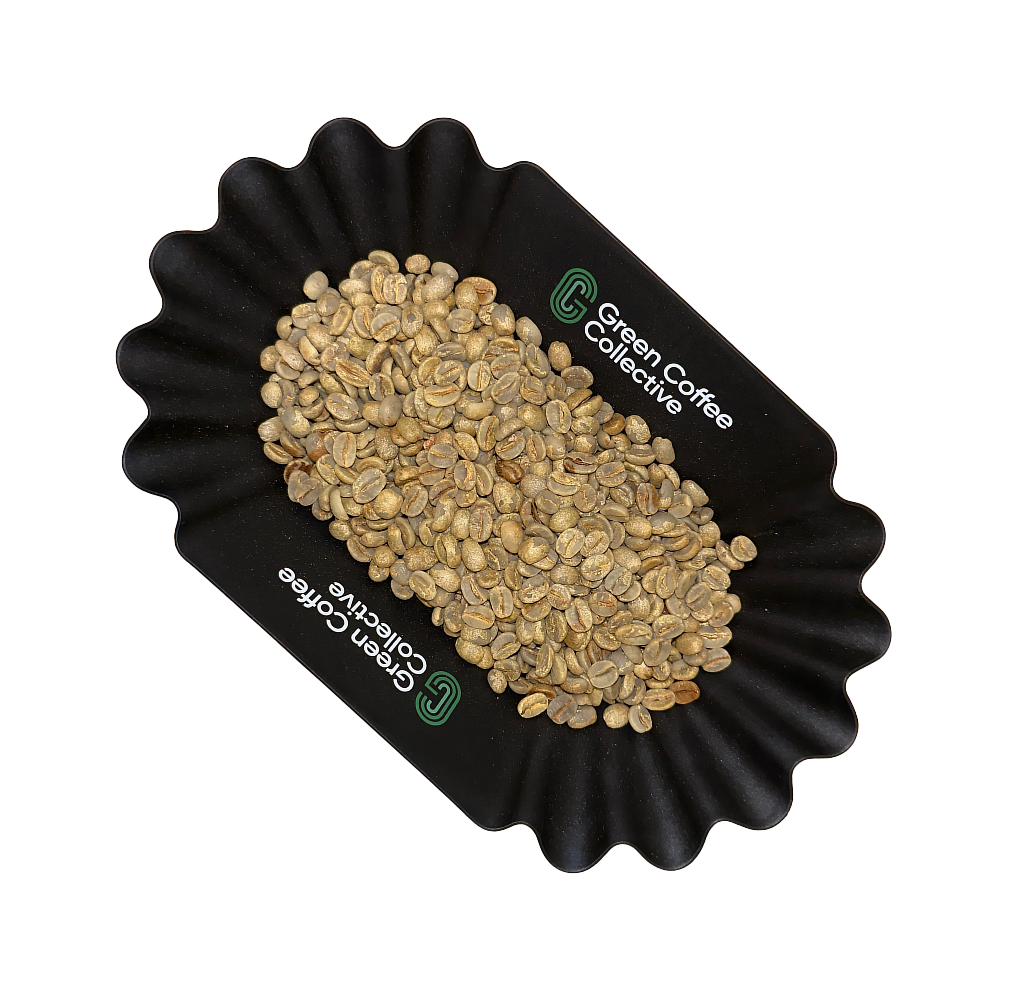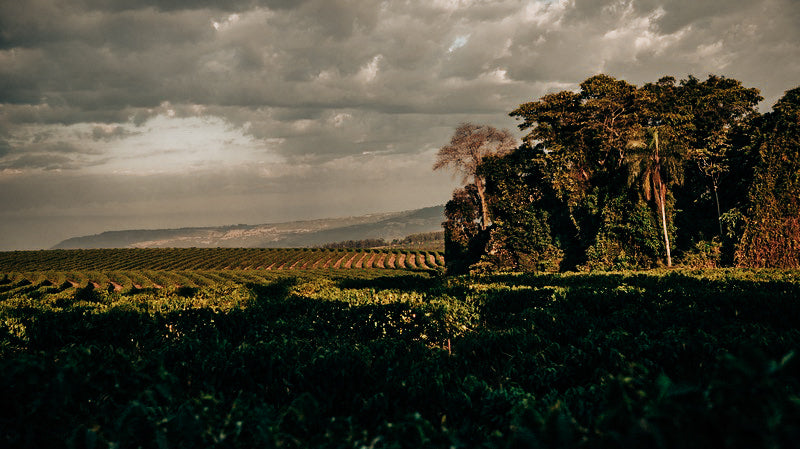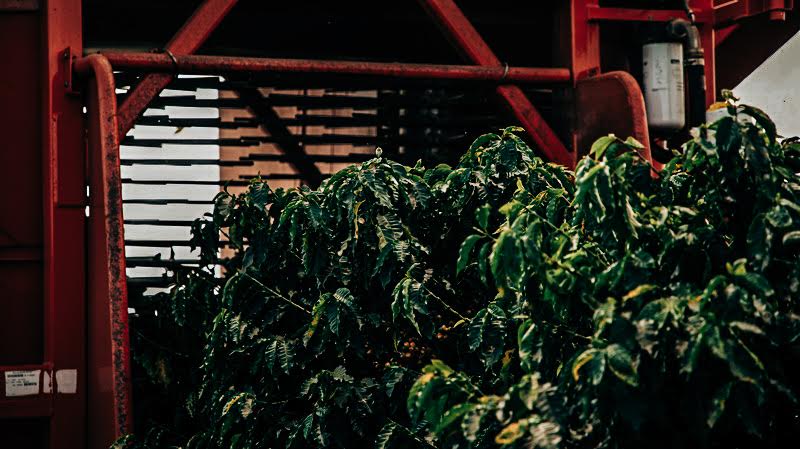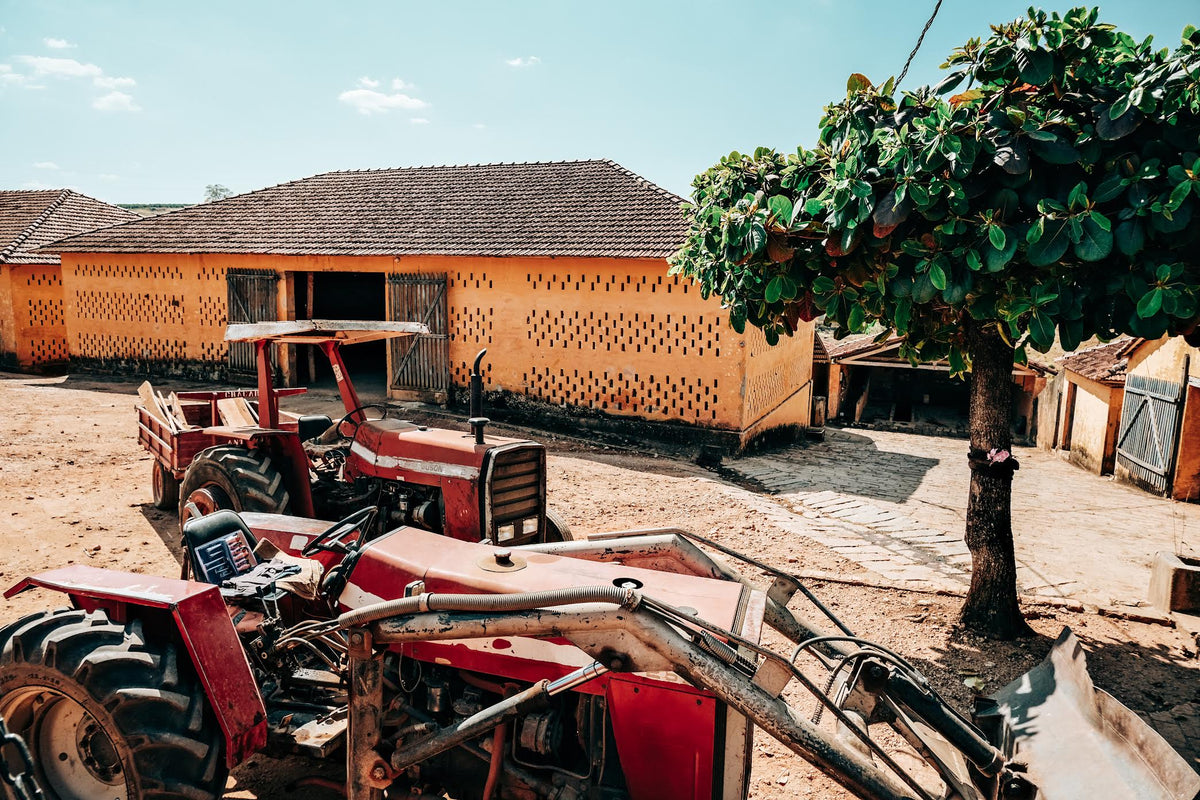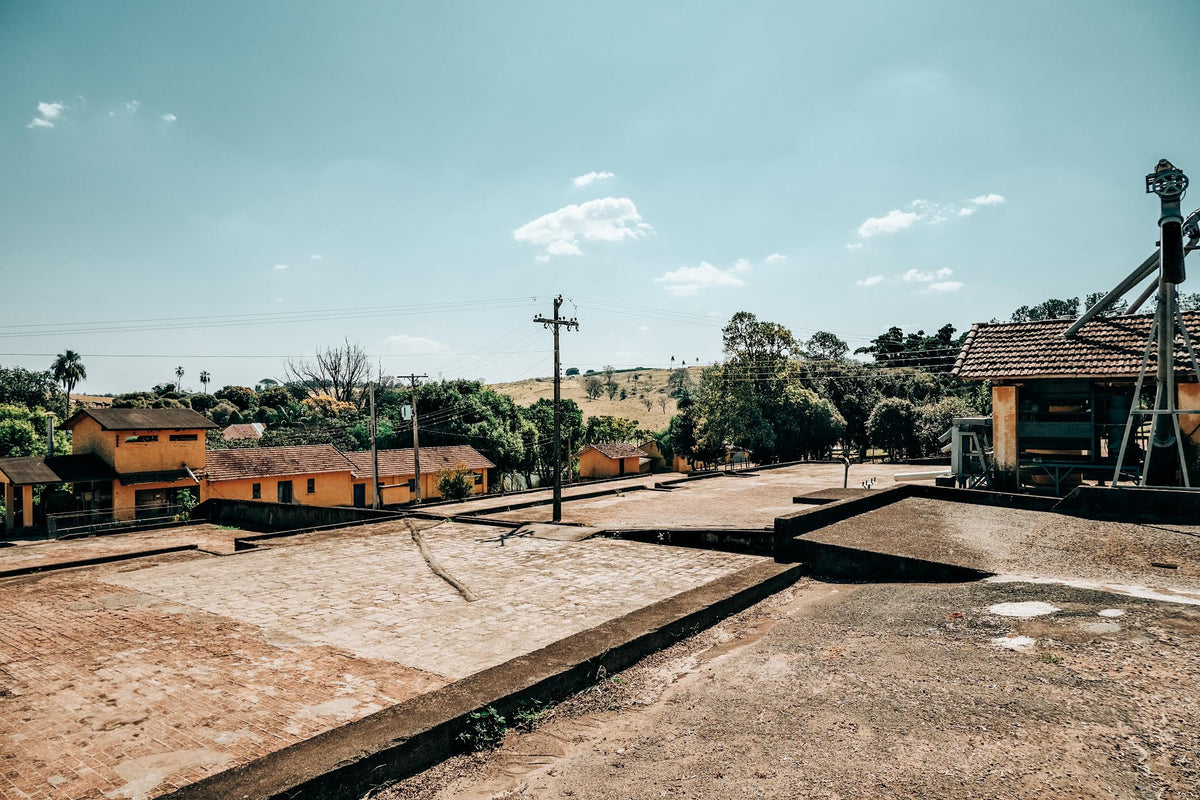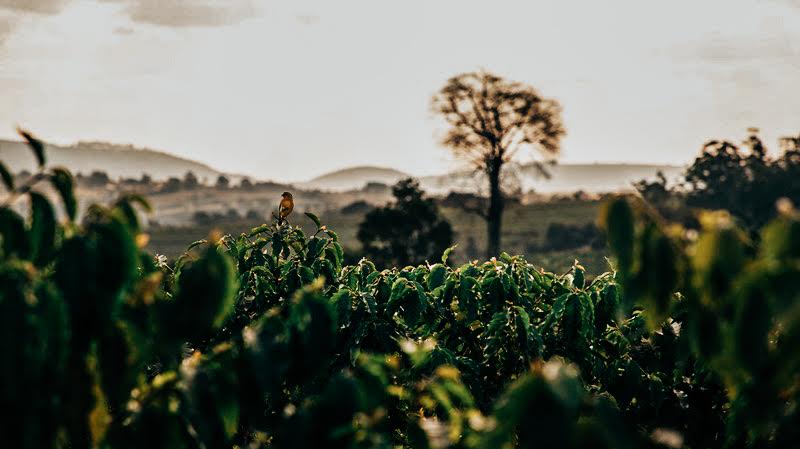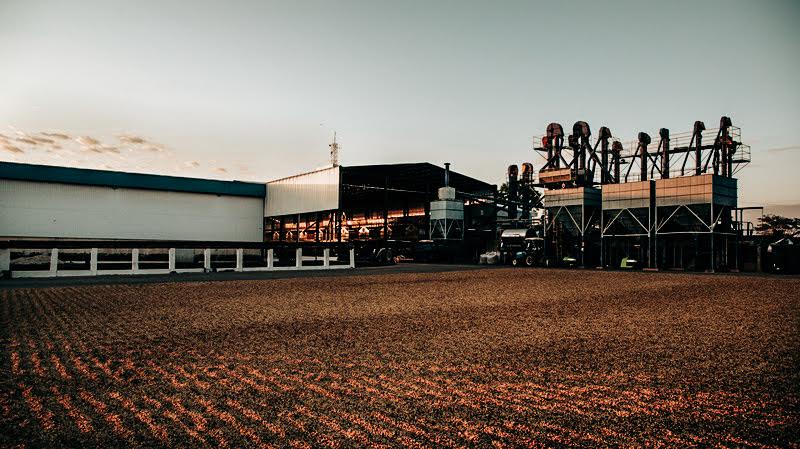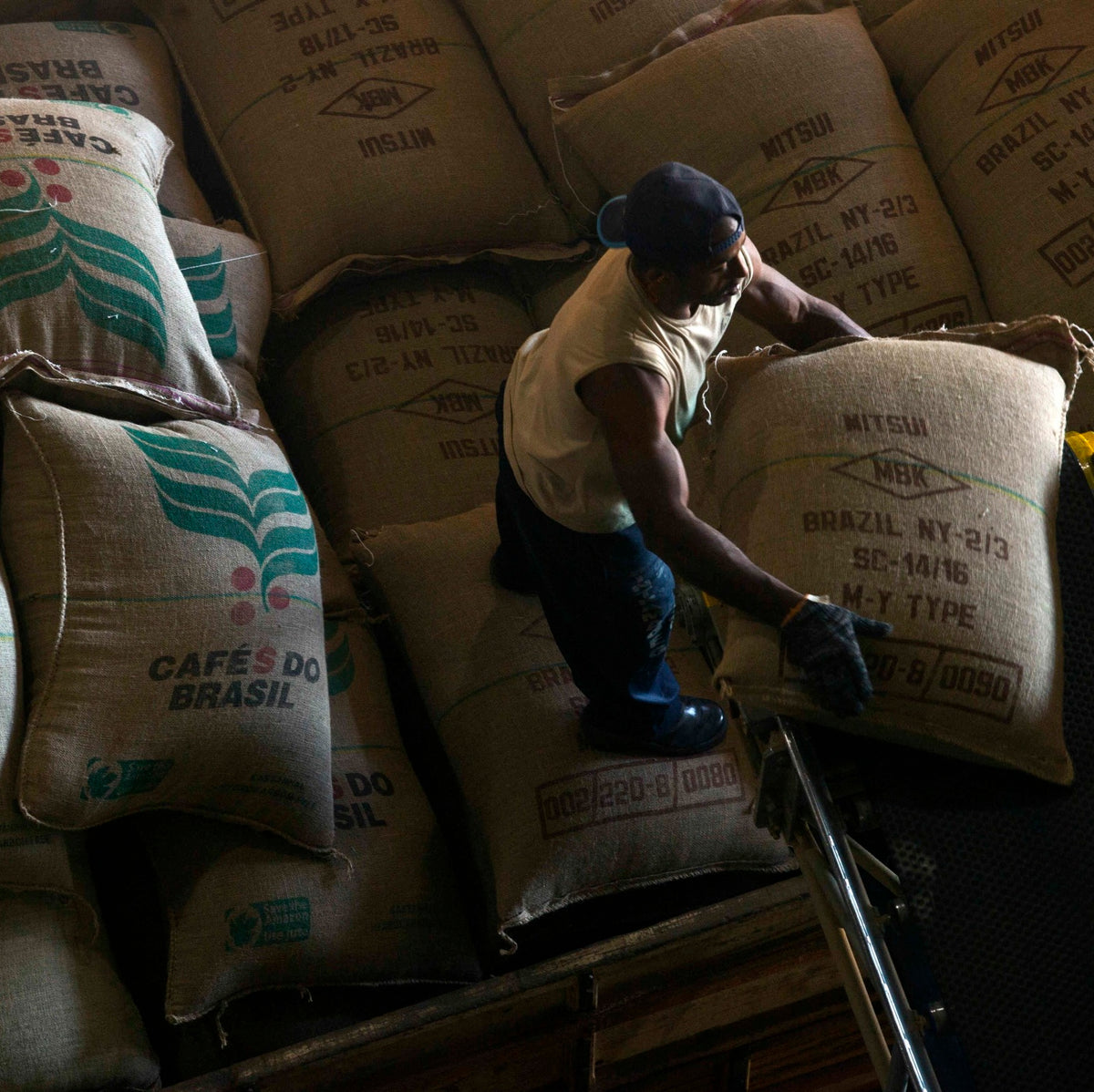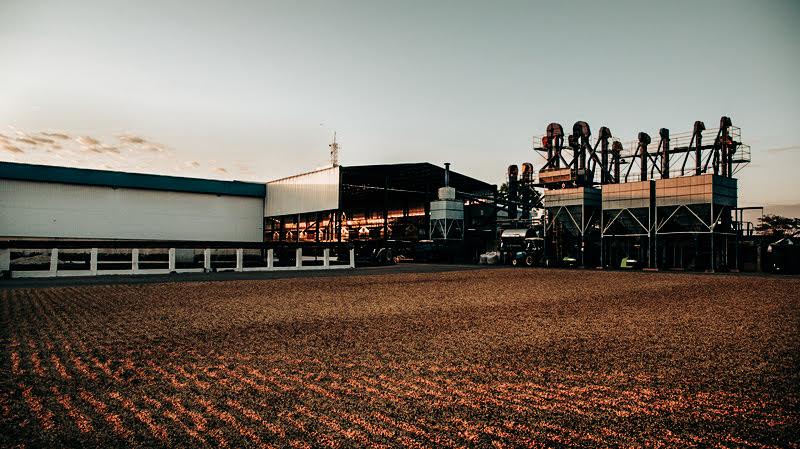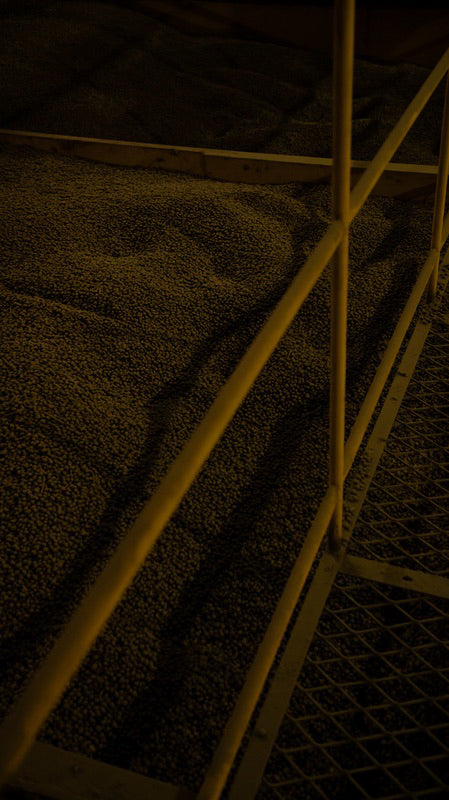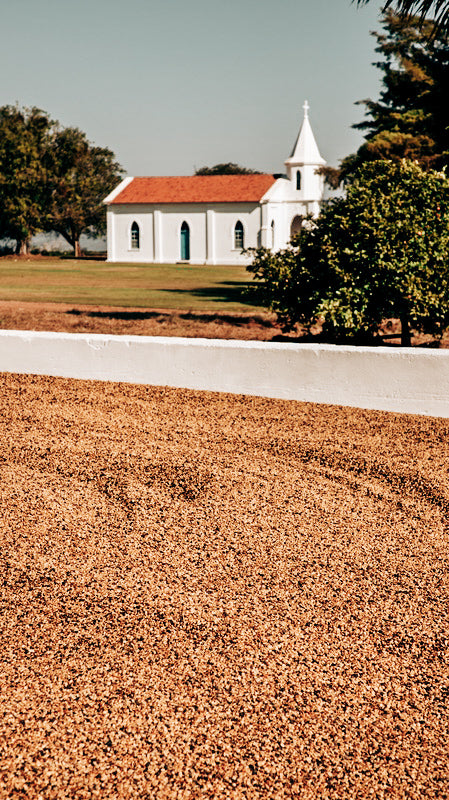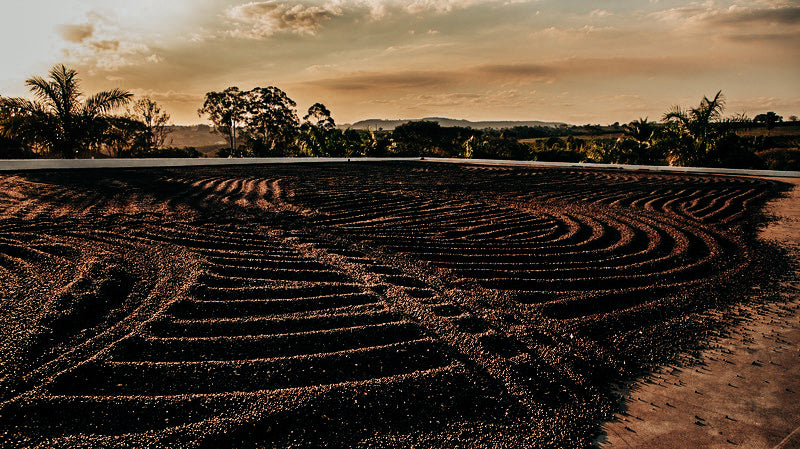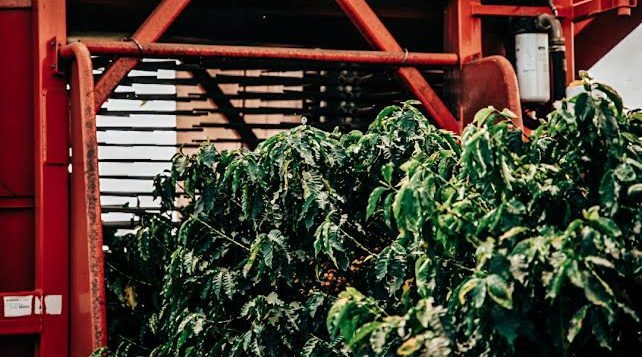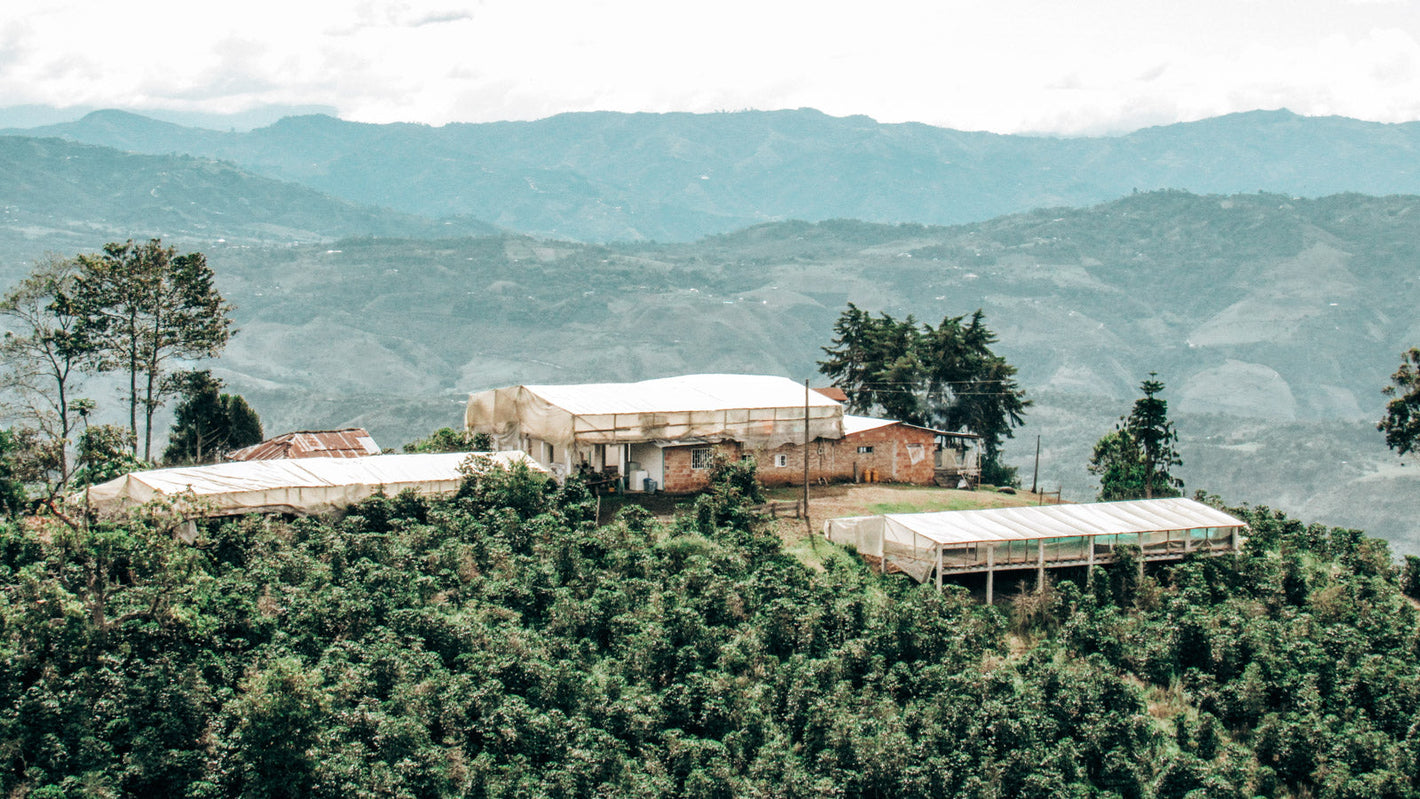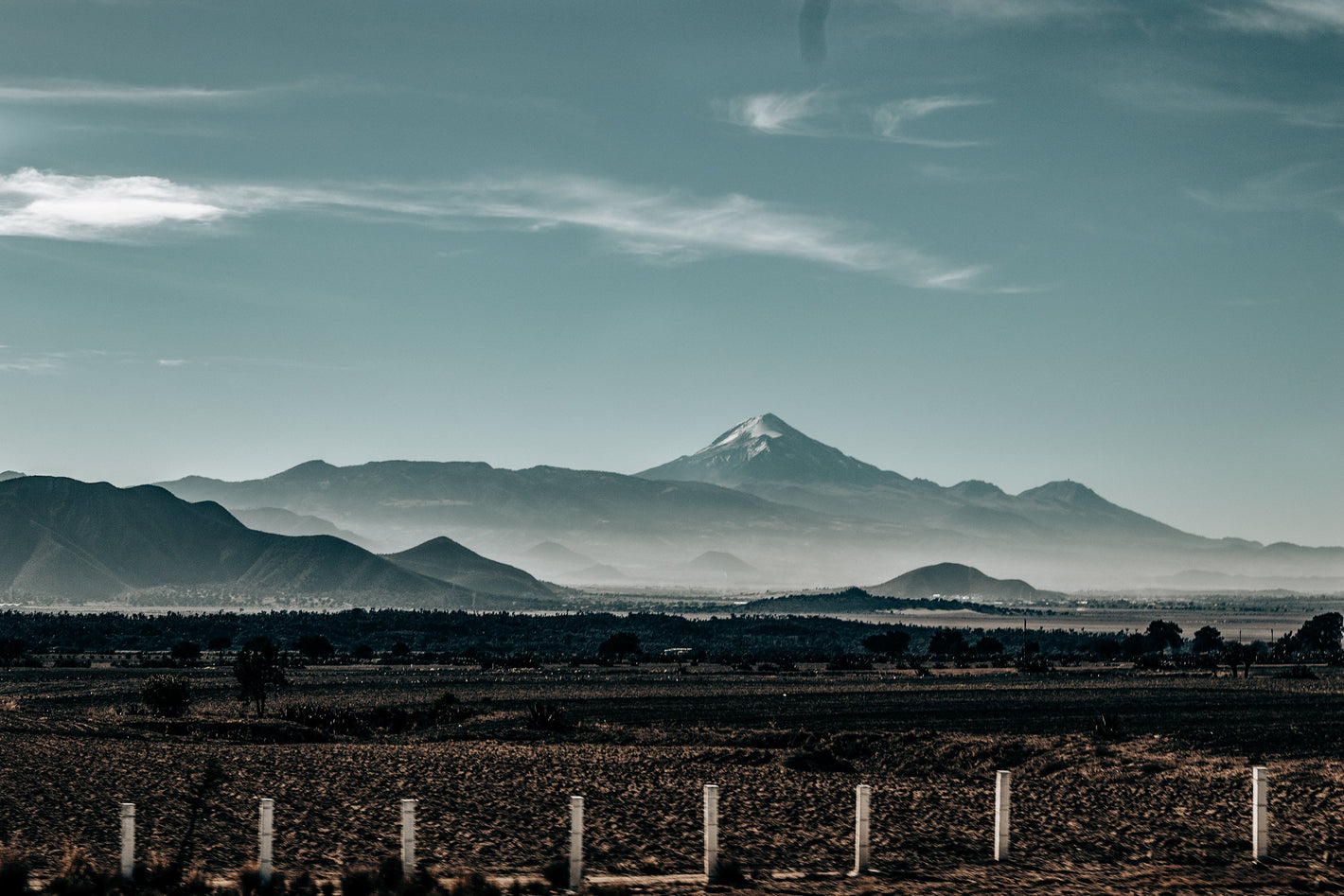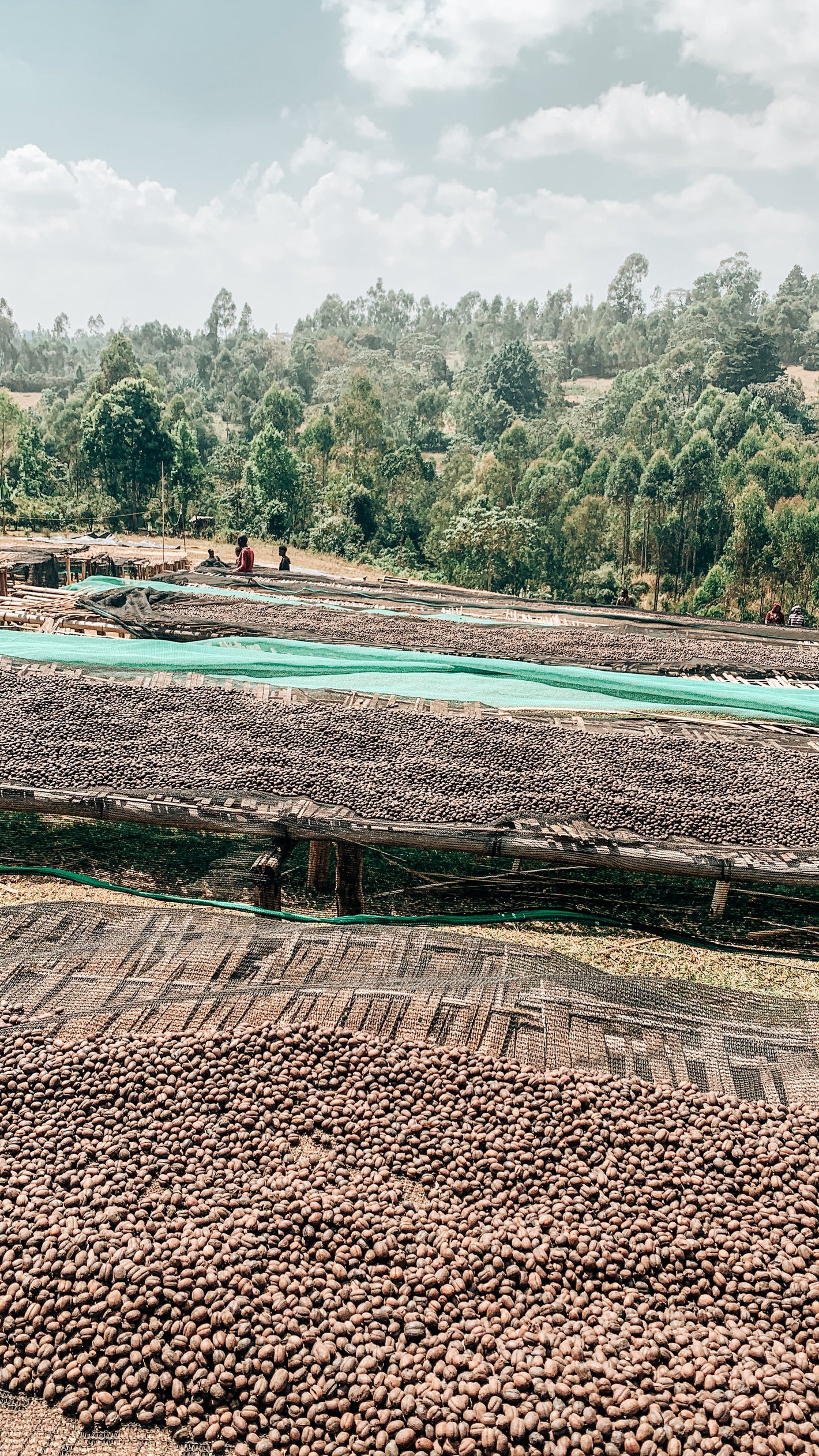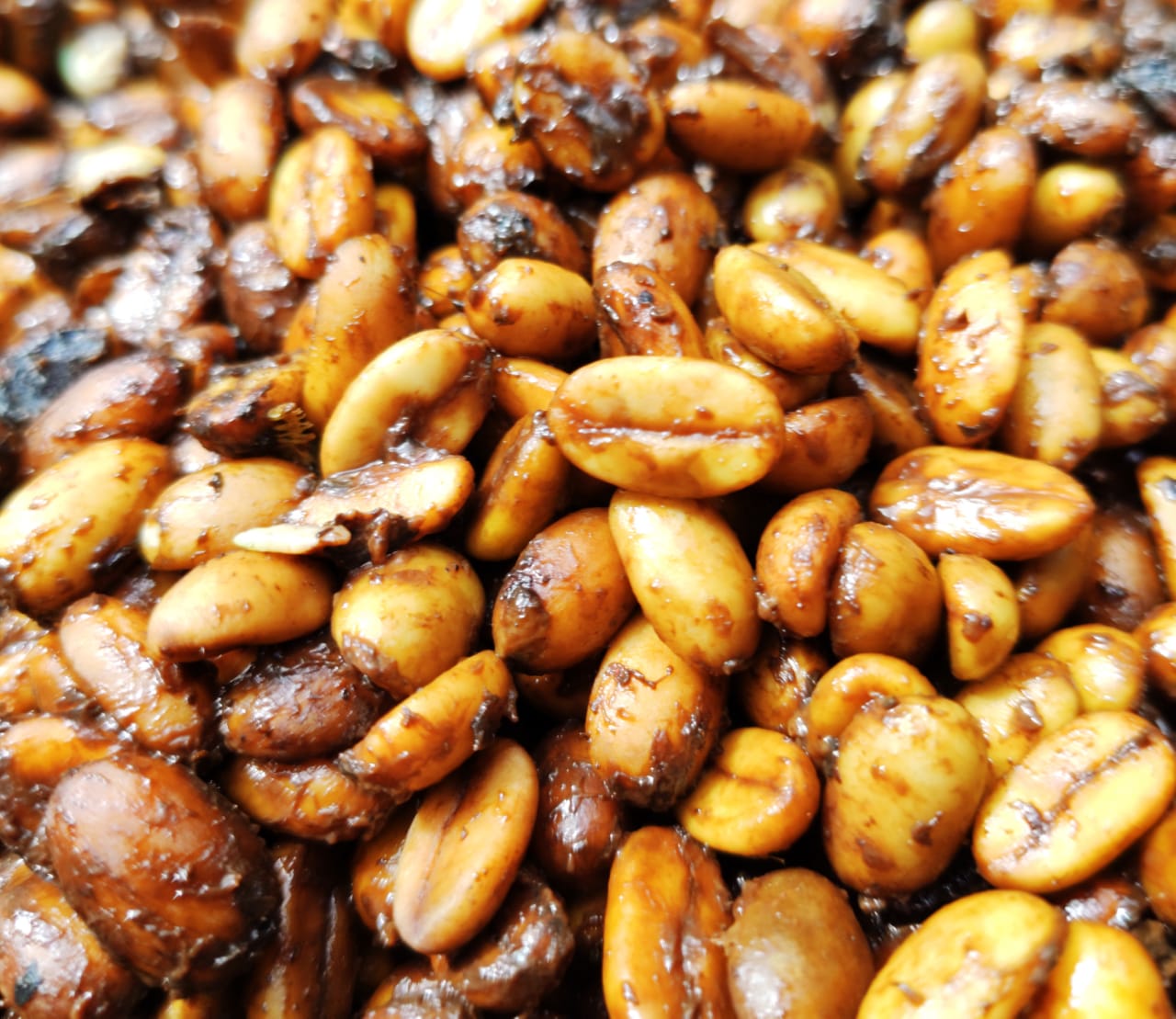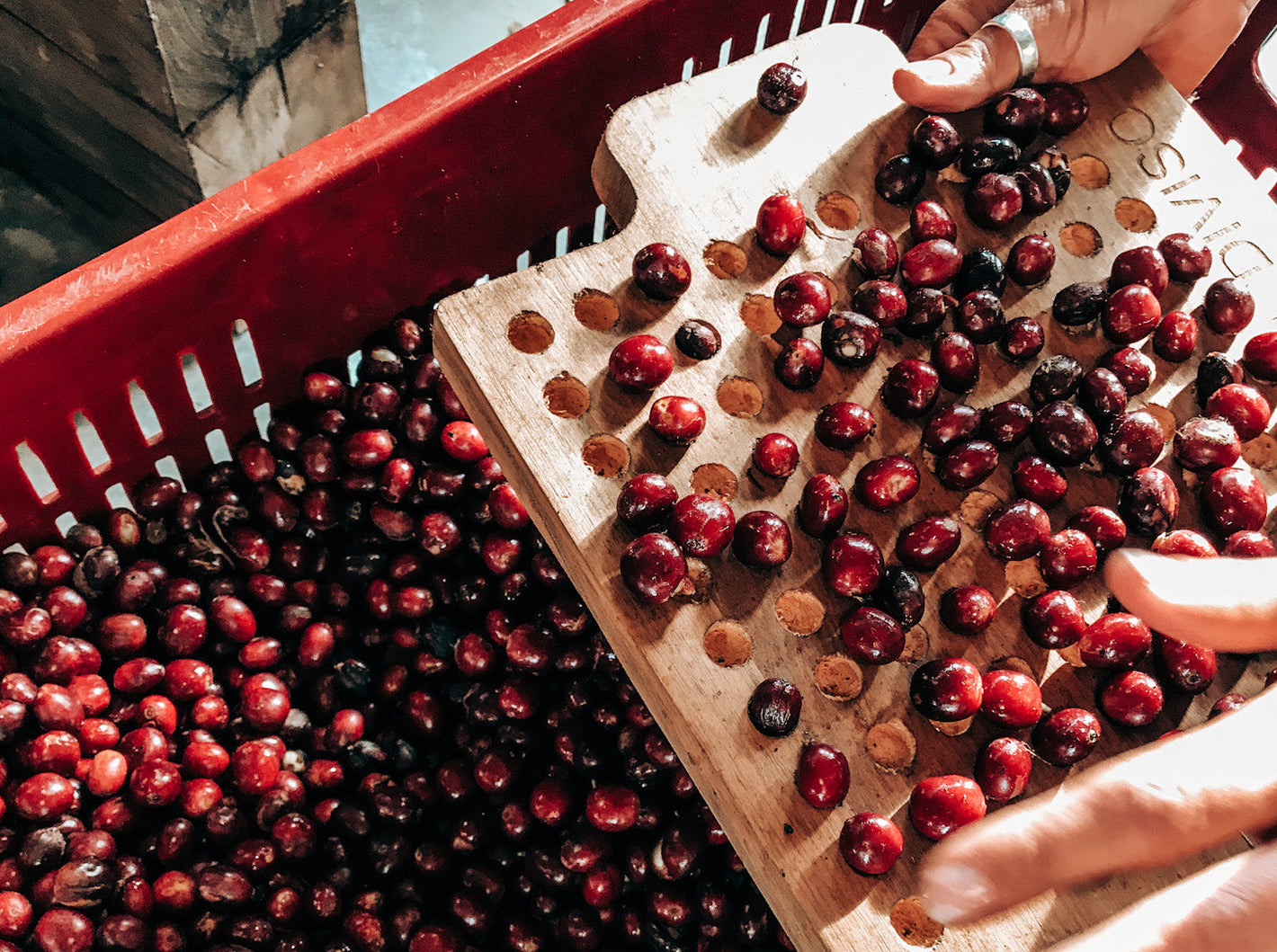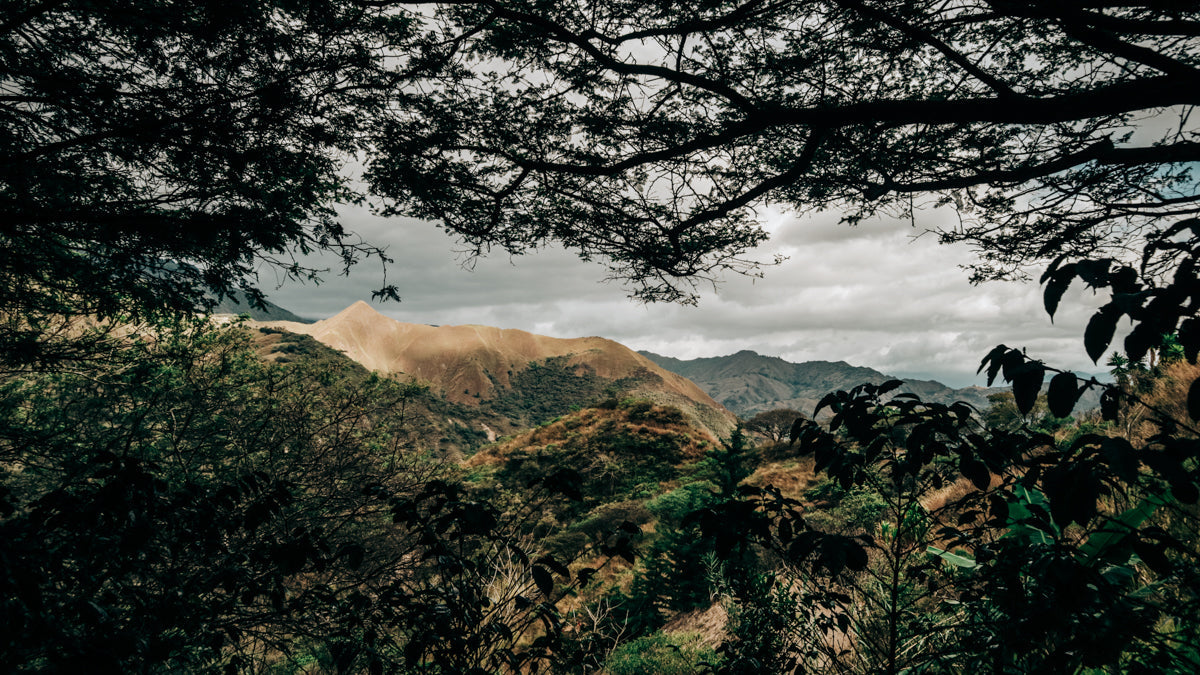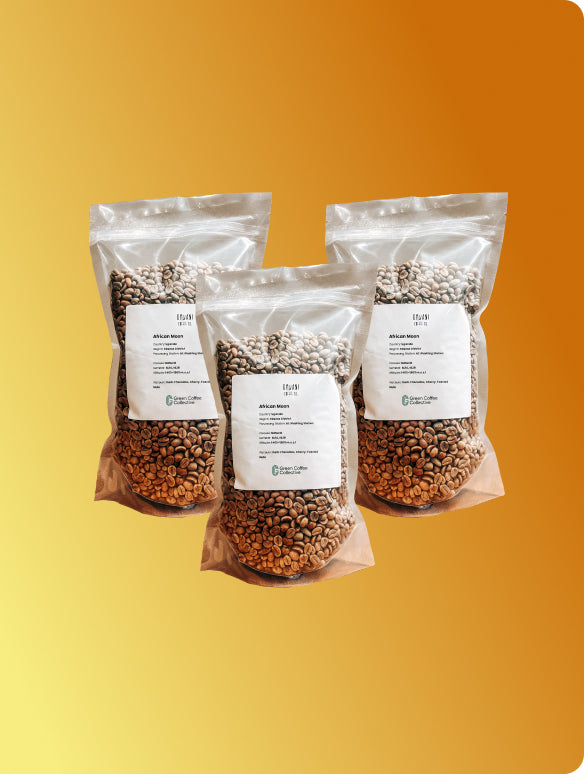
Brazil Green Coffee Beans
Today, about a third of the world’s coffee comes from Brazil, making it the largest producer globally. This level of production means Brazil has a significant influence on international coffee prices. With options ranging from wholesale sizes to smaller packages perfect for sampling or home roasters, we provide Brazilian coffee known for its smooth, chocolatey coffees with low acidity and wide versatility.
-
Espírito Santo | Canephora
Processing methodVarietalCanephoraMain flavour notesBrown Spices | Cocoa | NuttyIn Stock+210kg left -
Sitio Maranhão - Experimental Brazil
Cupping Score86.25Processing methodVarietalYellow CatuaiMain flavour notesHazelnut | Brown Sugar | Green AppleIn Stock+25kg left -
Calherro 72h Yeast Fermentation
Cupping Score88.5Processing methodVarietalMundo NovoMain flavour notesPineapple | Lemongrass | Syrupy | Floral | Orange CointreauOut of Stock -
Natural Andrea Costa
Cupping Score84.5Processing methodVarietalRed CatuaiMain flavour notesToffee | Chocolate Orange | Plum Jam | CashewOut of Stock -
Manoso Honey Peaberry
Cupping Score86.0Processing methodVarietalMundo Novo PeaberryMain flavour notesBrown Butter | Caramelised Nuts | Apple TurnoverOut of Stock -
Decaf C02 Brazil Carbonic Natural
Processing methodVarietalMundo Novo , Catuai , BourbonMain flavour notesSlight Citrus | Caramel | ChocolateOut of Stock -
Auro 72h Yeast Fermentation Acaiá Peaberry
Cupping Score89.5Processing methodVarietalAcaiá PeaberryMain flavour notesCaramel Shards | Yellow Tomato | Physalis | Tartaric | SyrupyOut of Stock -
Sucalfru 72h Yeast Fermentation
Cupping Score88.0Processing methodVarietalArara PeaberryMain flavour notesTamarind | Starfruit | Watermelon | JuicyOut of Stock -
Ciasu Peaberry Field Blend
Cupping Score85.0Processing methodVarietalCatucai , Mundo Novo , AcaiáMain flavour notesOrange | Molasses | Juicy | NegroniIn Stock+130kg left
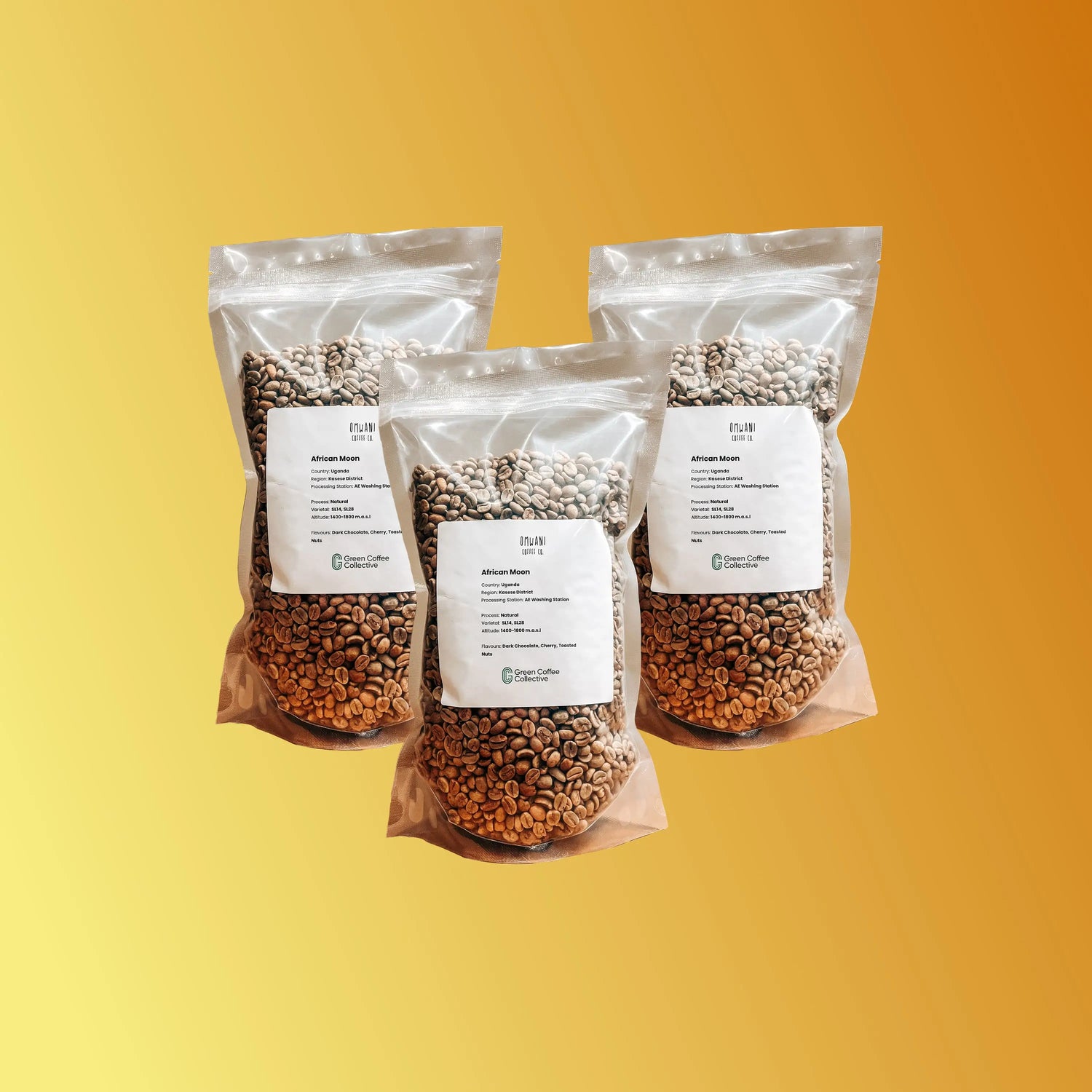
Your guide to Brazil Green Coffee Beans
-
What’s your relationship with Brazil and its coffee producers?
-
How do you work with Brazilian producers to ensure sustainability and quality improvements?
-
Can you facilitate custom sourcing for specific Brazilian origins or processing methods?
-
Can you provide information on the cupping scores and profiles for each Brazilian coffee?
-
What is special about Brazilian coffee?
-
Brazil Green Coffee Beans – Consistency, Scale & Specialty in Every Batch
-
Why Brazil Green Coffee Beans Are Famous
-
Why Roasters Love Brazil Green Coffee Beans
-
Flavor Profile & Cupping Notes
-
Coffee-Growing Regions of Brazil
-
Varietals & Species
-
Harvest Seasons & Availability
-
Processing Methods in Brazil
-
Notable Varieties of Brazil Green Coffee Beans
-
Usage & Versatility of Brazil Green Coffee Beans
-
Best Brewing Methods for Brazilian Green Coffee Beans
-
Quality Standards for Green Coffee Beans in Brazil
-
Sourcing & Traceability
-
Buy 100% High-Quality Brazil Green Coffee Beans

